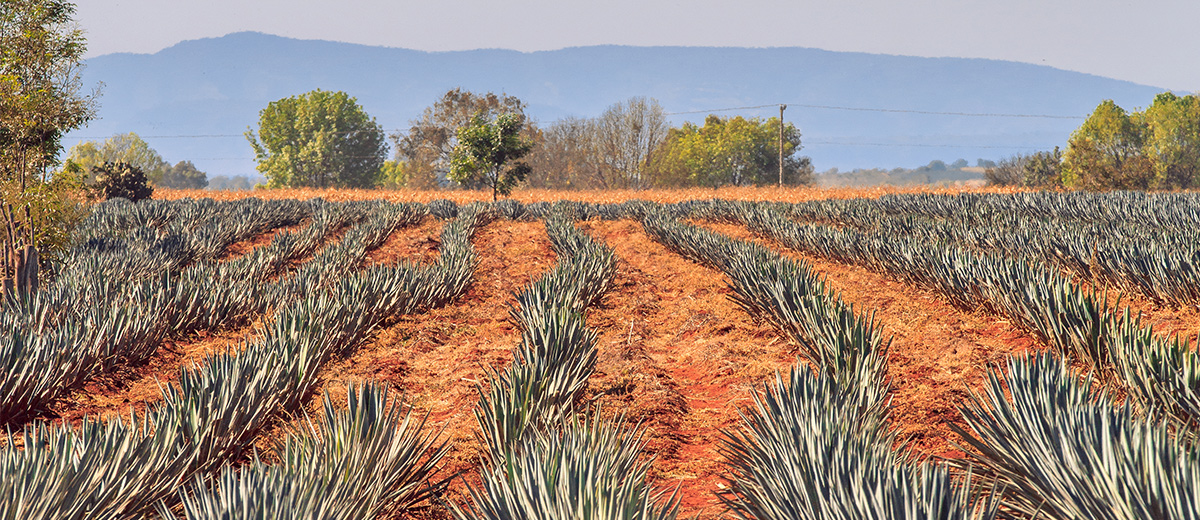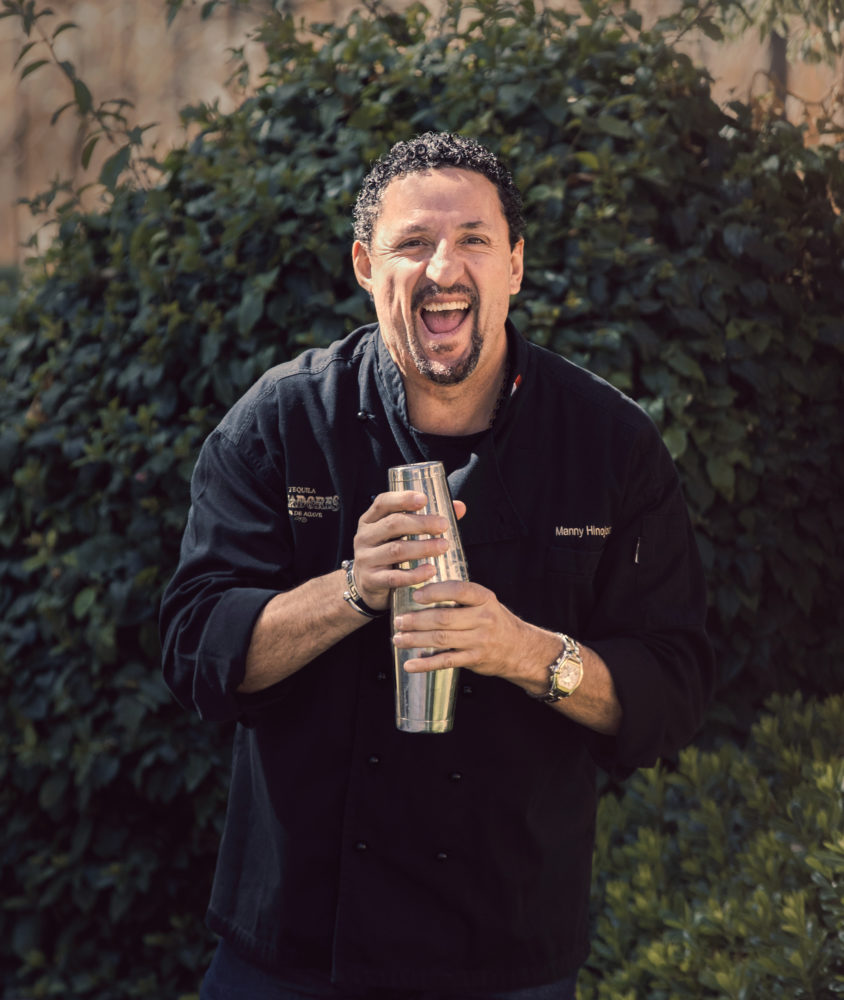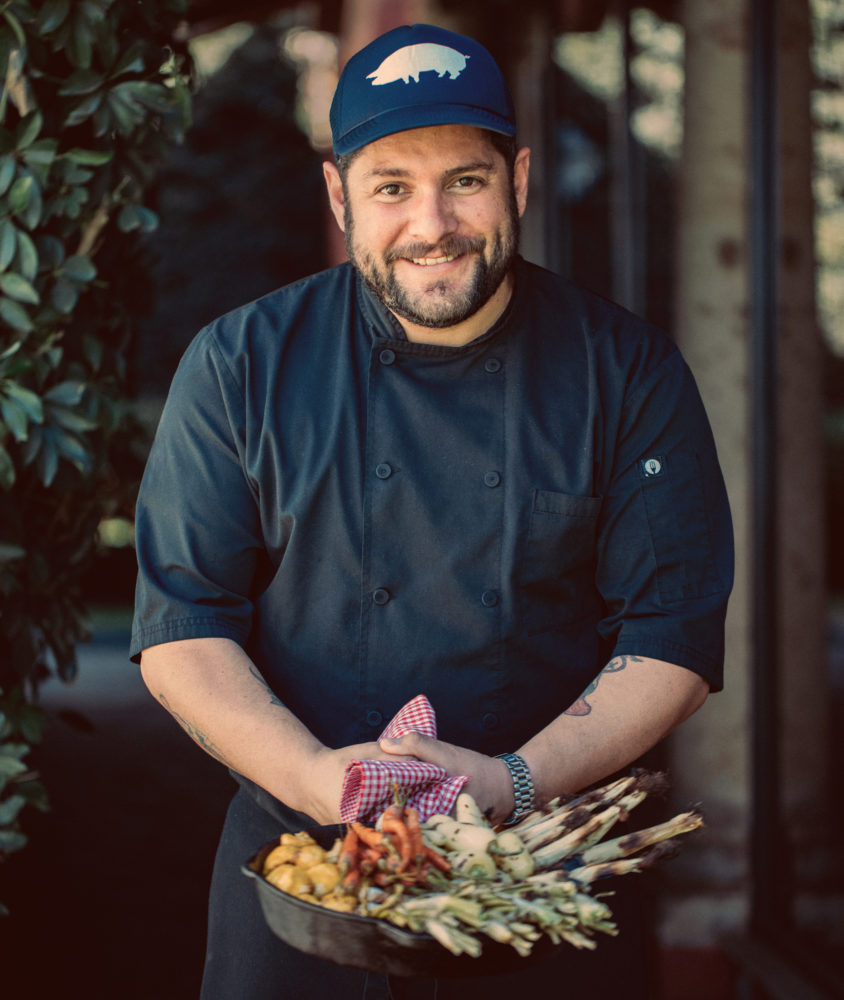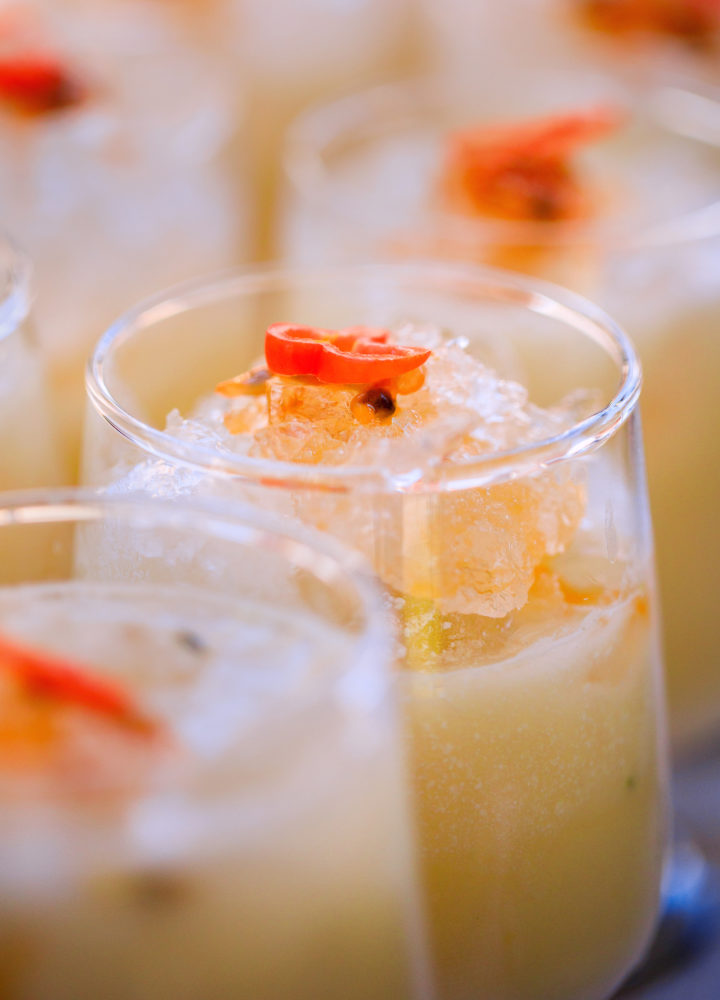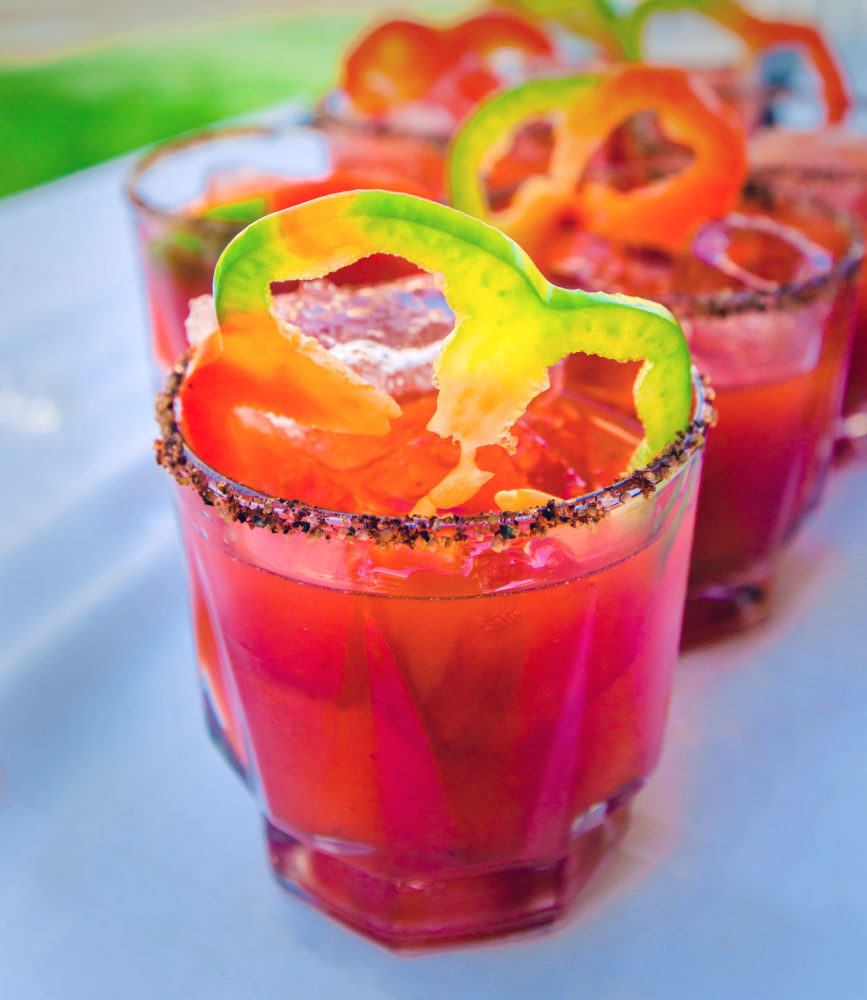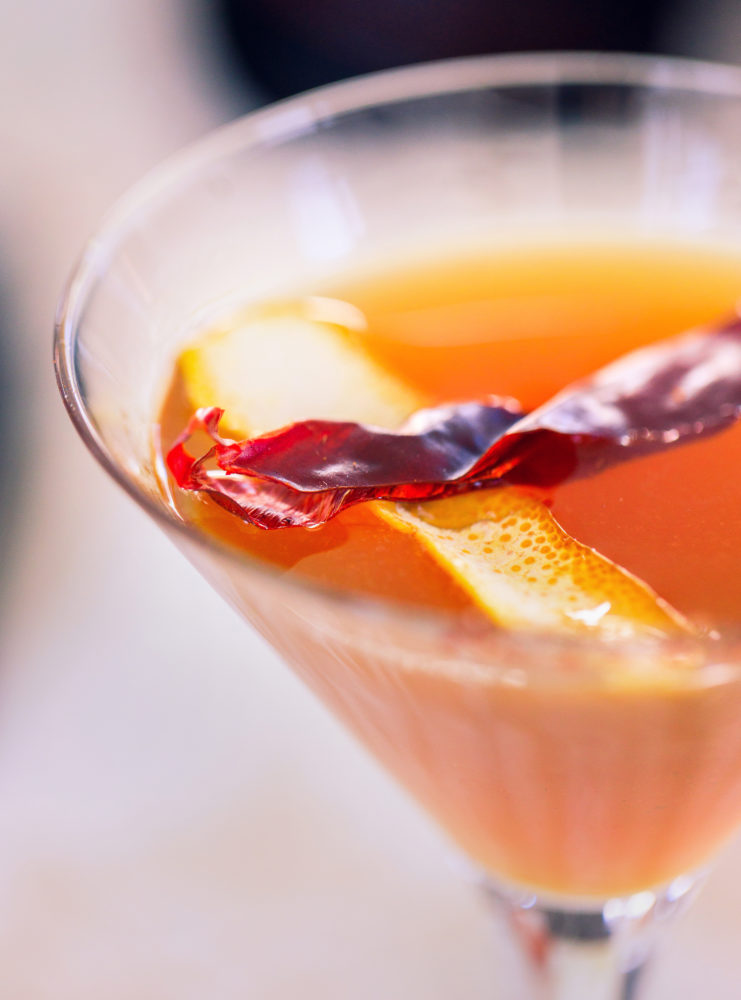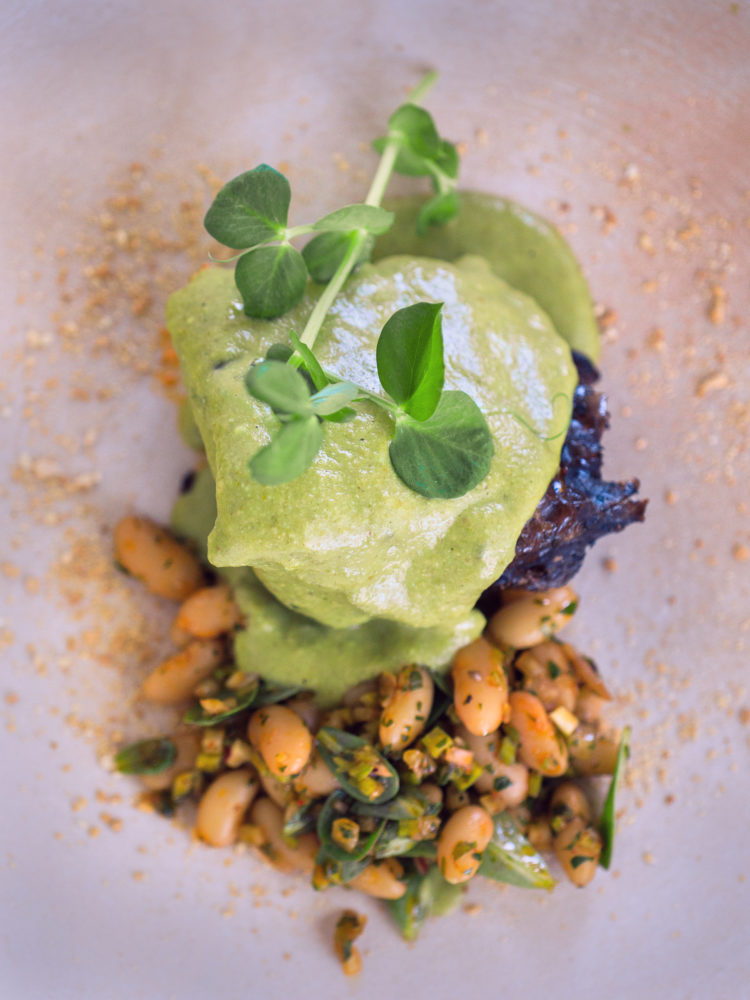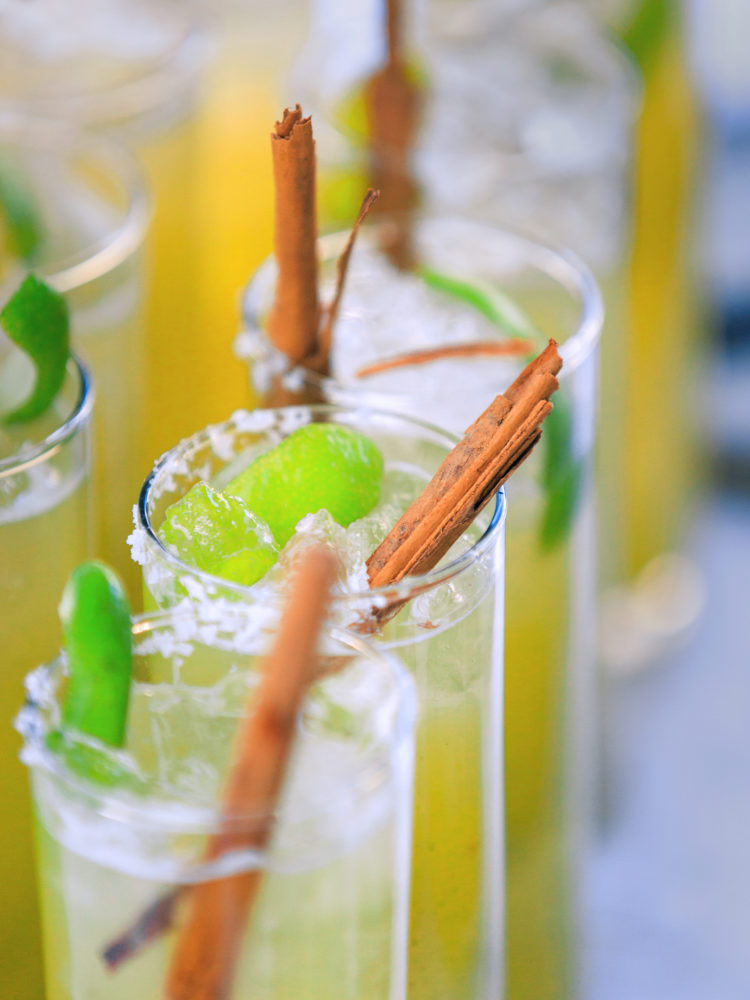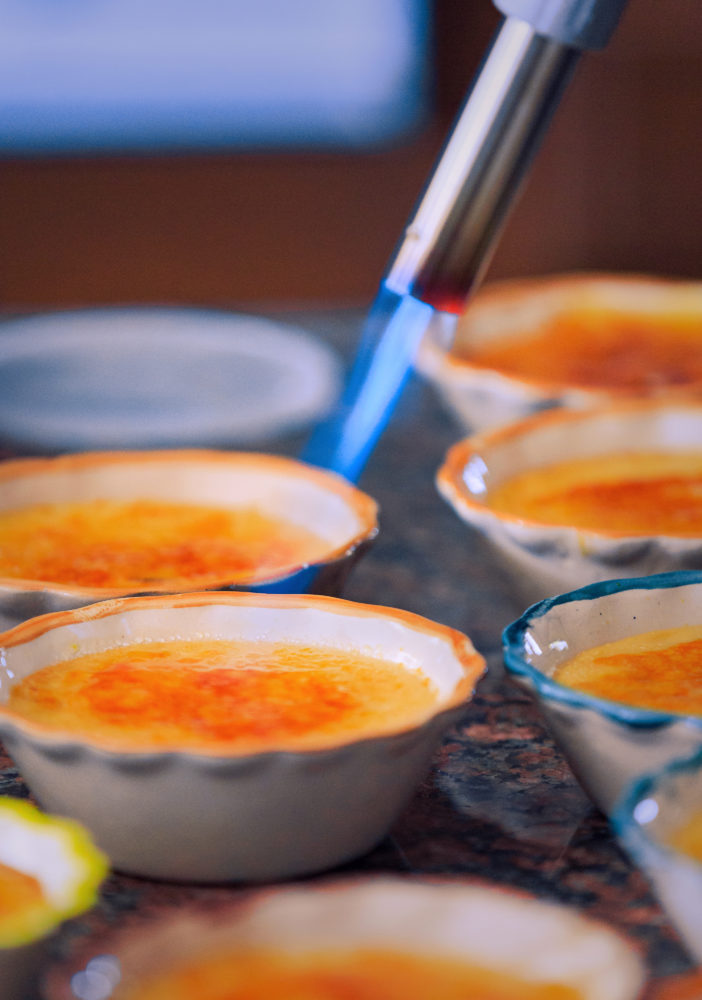Tequila at the Table
Tequila Cazadores Explores the Crossroads between Cocktails and Gastronomy
by Michelle Ball / photos by Jeremy Ball
Fields of rust-colored soil stretch as far as the eye can see in the Highlands of Arandas, Jalisco, the home of Tequila Cazadores. This brand’s story began in 1922, when Don Jose Maria Bañuelos set out to produce a superior-quality tequila for his family and friends. At the time, the majority of tequilas were poor quality, unaged blancos. Bañuelos wanted to create a more refined spirit mellowed by aging in wood casks. Many years later, Felix Bañuelos founded Tequila Cazadores in honor of his grandfather’s original reposado recipe.
As Master Tequilier Tania Oseguera explains, “He chose the name, Cazadores, Spanish for ‘hunters’ in honor of his grandfather’s quest to produce the best tequila in the world.” Bañuelos’s grandfather used to admire the deer who would roam through his agave fields, hence the stag represents both his grandfather and the Highlands of Arandas.
Since its commercial launch in 1973, Tequila Cazadores has built a reputation for producing a premium, 100 percent agave tequilas. Unlike spirits such as vodka or gin, tequila has a Denomination of Origin and can only be produced within five states in Mexico. The national spirit of Mexico is also one of the most painstaking spirits to produce. “Even a blanco tequila has taken at least seven years to make if you count the maturity of the agave plant,” says Oseguera. In addition, it’s hand-harvested by the jimadores using a coa, the same long-handled, machete-like tool that’s been used for over 400 years. The spirit embodies what some call lo Mexicano, or what it means to be Mexican, a philosophy that rings true to the long history of Tequila Cazadores.
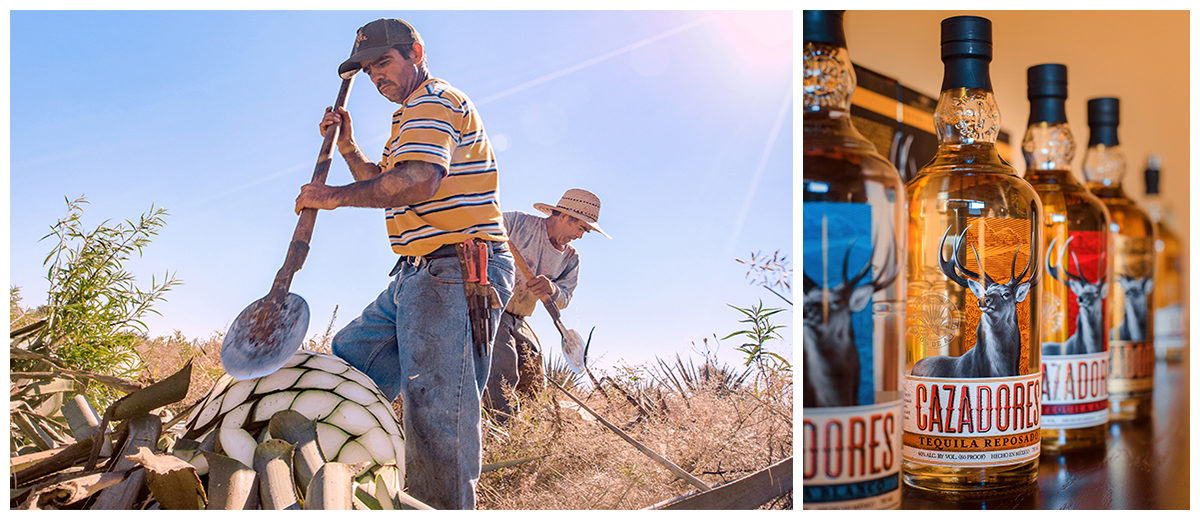 Left: Jimadores use a coa to harvest blue Weber agave. This long-handled tool has been used for over 400 years in a process that is an ingrained part of Mexican culture.
Left: Jimadores use a coa to harvest blue Weber agave. This long-handled tool has been used for over 400 years in a process that is an ingrained part of Mexican culture.
Right: Tequila Cazadores’s signature stag represents the Highlands of Jalisco, Mexico, where the deer roam through agave fields.
While tequila is often incorporated as the base for beloved cocktails such as the Paloma, a classic combination of tequila and grapefruit soda, it’s traditionally served neat at the beginning or end of a meal.
But tequila-based cocktail pairings open up a whole new world of flavors. In fact, the beauty of a cocktail is that it can be tailored to flawlessly match any dish. Hello, hard-to-pair ingredients like asparagus and chilies; you too can have a place at the table. Moreover, the various categories of tequila, from blanco to extra añejo, allow for even greater flexibility in pairing flavor profiles and mouthfeels.
To further explore this intersection between food and tequila, we were treated to a unique tequila pairing experience prepared by Chef Ernesto “Neto” Hernandez, Executive Chef for the renowned I Latina restaurant in Guadalajara, and well-known mixologist Manny Hinojosa, Brand Ambassador for Tequila Cazadores. Over five courses, the two came together to explore both balance and contrast in flavors, all of which celebrate the spirit of Mexico’s culinary and cocktail roots.
Left: Tequila Cazadores Brand Ambassador Manny Hinojosa is passionate about “bringing the kitchen to the bar” and creates fresh, seasonal cocktails to pair with a variety of cuisines.
Right: Chef Ernesto Hernandez grew up in a big family where someone was always cooking. He lived in central Mexico when he was young before moving to the Nayarit coast for 20 years, “enough time to get all the seafood flavors in my mind and my heart,” he says. After a vacation to Europe turned into a six-year stint in Barcelona, Hernandez described the experience: “I was lucky to attend the School of Hosteleria Hofmann and work in a classic Catalán restaurant called Mariona for six years. I learned a lot of the Mediterranean cuisine, and ironically, I got a stronger love for Mexican gastronomy.”
Five Flavorful Courses
The first course is a play on a classic dish called tostada de pata, made with pickled pig’s feet. Scallops and shrimp are added to create a terrine with creamy black beans, crema de rancho and habanero chili aioli. Hinojosa’s first libation pairing, Puro Coco, is made with Cazadores Blanco, coconut purée, fresh passion fruit, habanero, cilantro, lime and agave syrup. The alluring tropical aromas fool you into thinking it will be sweet, but instead it’s quite refreshing. The tart cocktail offers just a hint of sweetness that brightens the palate with each bite, and the habanero lingers at the end, elevating the hints of spice from the aioli. Chef Neto tells us, “My objective here was a refreshing cold appetizer that goes well with tequila: the seafood and the smooth pork flavor with chewy texture from the trotters.”
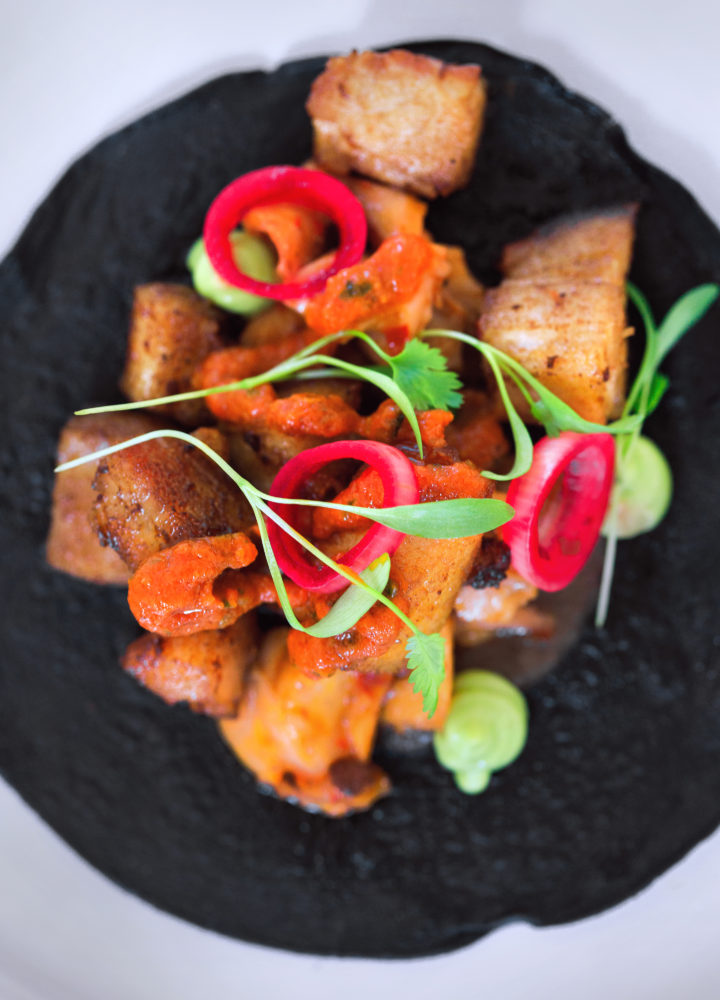
The pork and scallops are buttery, matching the creaminess of the coconut in the cocktail and cooling the heat from the chili.
The next course is a stunning squid ink corn taco with octopus al ajillo, pork belly confit, smoked avocado mousse, morita chili and onion. In collaborating with the chef and formulating his cocktail pairings, Hinojosa says, “I like to play with a lot of the same flavors and ingredients.” His goal is to balance the food, whether that be with greater spice, more citrus or sugar. For this pairing, Hinojosa prepared what he called The Good, the Bad & the Ugly: a blend of Cazadores Reposado, mezcal and amaro infused with roasted red bell pepper purée, lime and a salt rim made from a blend of hibiscus, guajillo and pasilla chilies. Like the taco, the concoction hits every note on the palate. The smoky aromas from the protein and mezcal lure you in, and the bitterness of the amaro is balanced by the sweetness of the roasted red pepper, which pairs deliciously with the briny, caramelized flavors of the pork and octopus.
Simple in form, yet explosive in taste, squid ink adds a pliable quality to the tortilla, locking in the juices from the proteins. The savory, sweet and smoky cocktail serves to elevate the many flavors in the taco.
Chef’s third course consists of charred seasonal vegetables with a cilantro-cotija pesto and vanilla bean balsamic reduction. This seemingly modest dish speaks to the fertile bounty of produce found in Jalisco, as well as the skill of the chef, since the execution of simplicity is often the most difficult to pull off. “When we were designing the menu and pairings, we started at square one. I wanted to go back to my childhood, to the family fiestas my grandparents used to have in Querétaro [central Mexico]. I remember running through my grandpa’s vegetable garden, where his chickens roamed free,” explains Hernandez, thinking back to his inspiration for the menu. Hinojosa’s cocktail pairing, called The Latini, is a blend of Cazadores Reposado, citrus juices (orange and lime) and a simple syrup infused with guajillo, morita and pasilla chilies. The cocktail was reminiscent of a citrus iced tea, and extremely refreshing with flavors of honey and chili.
Charred vegetables and a chili and citrus cocktail made for a truly local pairing, as both the spirit and all ingredients were sourced within the state of Jalisco. While the concept of local and seasonal is familiar when talking about food, cocktail pairings can offer an additional opportunity to support local and seasonal ingredients, reducing a restaurant’s carbon footprint and increasing sustainability.
The fourth course brings a fresh rendition on mole: beef short ribs, pipián (a green mole made with pepita seeds), bean salad, nopales, tortilla “ash” and chocoyotes (masa dumplings). The pairing, appropriately named Cuando la Virgen te Habla or “when the virgin speaks to you,” was a blend of Cazadores Añejo, puréed nopal, green Chartreuse, pineapple and lime. The coupling was as enchanting as it sounds. The short ribs were tender and creamy while the cocktail echoed the herbaceous flavors of the pipián, thereby balancing the savory meat.
While the meat and mole were creamy and smooth, the crumbled tortilla “ash” produced a Pop Rocks effect in the mouth creating a sort of “party for the palate.” The cocktail was tropical and refreshing as you’d expect but also alkalizing, which countered the richness of the dish.
As if we hadn’t had enough, the final dessert course arrives: cajeta crème brûlée with Tequila Cazadores, guava sorbet and caramelized pecans. This cajeta, made with goat’s milk, as is traditional in Mexico, added an unexpected burst of flavor to the dessert. The paired concoction was a peanut torito with guava and Cazadores Extra Añejo that Hinojosa named Arriba Veracruz. A torito is a classic Mexican cocktail reminiscent of a milkshake and popular in the state of Veracruz. The torito could very well have been dessert in and of itself, but paired with the decadent crème brûlée made for a sweet-tooth fantasy.
The cajeta, a caramel sauce maude from goat milk, was hidden under the custard of the crème brûlée, adding to the luxury of the dessert. The peanut butter in Manny Hinojosa’s served up a torito with peanut butter to balance the brûlée with a rich nuttiness, and the guava in both dishes made for a welcomed, fruity respite for the indulgent creamy flavors.
After five courses of local flavors both in the glass and on the plate, one thing became blindingly clear: Tequila has a place at the table, from Jalisco to San Francisco, Mexico to Manhattan.

